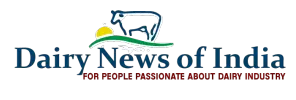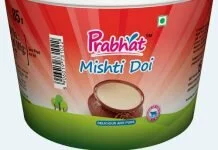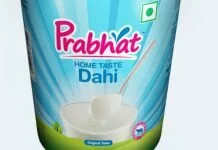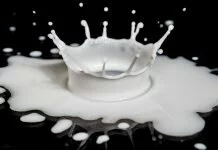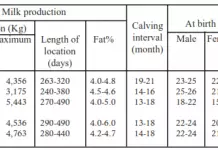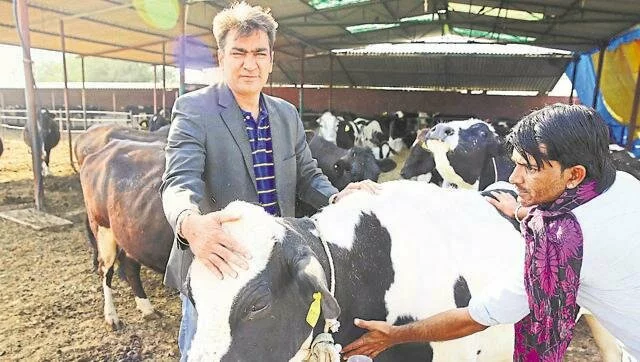Strong management at the local milk-dairy level will prevent contamination
It is good to see Harsh Vardhan, Union minister for science and technology, apprising members of the Lok Sabha on adulterated milk, which has become a part of our diet.
However, like many previous mentions of the issue, this one also missed the point:
Contamination due to management practices. While efforts are put into testing milk available in the market, we often forget the cows and buffaloes, which are the primary producers of milk, and the food safety measures that need to be ensured at dairies and animal farms.
- Milk is approximately 80% water and the quality of milk produced by cattle is as good or bad as the water it consumes.
- In villages, the water meant for cattle consumption is not of very good quality and is unsafe for human consumption.
- It is laced with lead, zinc, iron, virus and bacterial content. One cannot expect good-quality milk from a cow or buffalo if it drinks this water.
- In a majority of dairies located on the peripheries of cities, farm animals do not get sunlight and fresh air inside the crammed concrete halls that function as dairies.
- Twenty or more cattle on cracked, uneven floors with heaps of dung and urine all around is considered as an acceptable way to raise sentient beings.
- They are fed with stale bread, injected with oxytocin to extract milk and kept on heavy doses of antibiotics. Since animals are milked at the same place, the milk gets contaminated with dung, urine and dead flies.
- The final product is supplied directly to sweet shops and households that prefer high fat milk for consumption and manufacturing.
- As this milk contains heavy doses of antibiotics, it is unsafe to consume even after pasteurization.
- The milk produced in and around the city does not undergo any testing for adulteration before sale as it is privately operated.
- Cows and buffaloes raised in urban areas forage on garbage in the absence of any other diet.
- Cattle owners do not want to invest in quality diet when garbage and food offered by generous people are available to the cattle.
Without any investment in housing, food and other needs of cattle, the dairy owner in the city has nothing to lose as he gets a better price than the shop across the street selling packaged milk.
Governments in top milk-producing nations such as New Zealand and the United States have set guidelines for farmers to address milk adulteration. While in some countries, it’s the duty of the government food regulator to ensure welfare of farm animals under a quality assurance programme, in other countries the food regulator and animal husbandry departments conduct it jointly. To obtain a license to start milk production, farmers have to adhere to guidelines regarding food safety, animal welfare and chemical contamination.
The Food Safety and Standards Authority of India has failed to address the contamination resulting from unregulated dairy management practices.
The Karnal based National Dairy Research Institute has drafted the National Code of Practices for Management of Dairy Animals in India to address this gap. These guidelines are supported by the Animal Welfare Board of India as they ensure welfare of animals considering milk production. However, these guidelines exist only on paper.
Next time, someone mentions adulterated milk, do think about what is being done about the welfare of the animals which give us milk.
Comments
comments
